How To Train Your Cat To Use A Pet Door (Worked For Me)
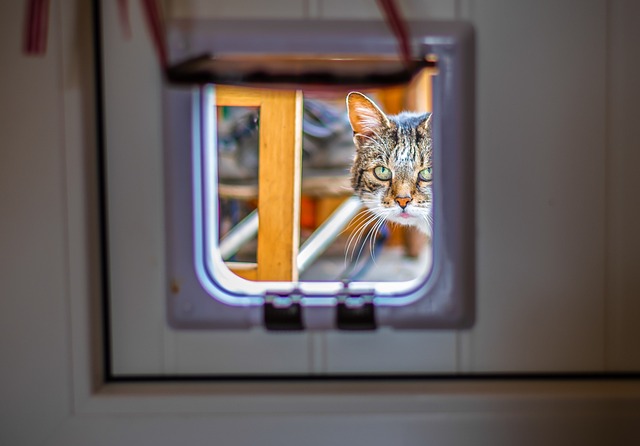
Are you determined to give your cat the convenience and freedom of a pet door?
Tired of watching them scratch at the door like they're auditioning for a cat-themed horror movie? 😱
In today's guide, we'll uncover the secrets to train your cat to use a pet door.
Don't wait another minute, or your poor door will suffer a lifetime of claw marks.
Understanding the Benefits of a Pet Door
A pet door is great for your cat, and here's why:
- Your cat gets easy access - they can come and go without bothering you.
- It gives them independence and mental stimulation. They feel in control of their territory, which boosts their confidence and reduces stress.
- Your cat will get more exercise and have fun exploring outside. Hunting and playing will keep them active and healthy.
- With a pet door, your cat can do their business outside, reducing the chances of accidents in your home.
- No more boredom! Your cat can venture outside, breathe fresh air, and observe their surroundings.
Knowing these benefits will help you decide if a pet door is right for your cat.
Main points I'll expand upon further down this article:
- Consider factors like size, functionality, durability, and type when choosing a cat door.
- Install steps or ramps for arthritic cats.
- Enhance security with options like a Locking Cover or Steel Security Pet Door Cover.
- Translucent doors can boost your cat's confidence.
- Install the door away from areas like food, water, litter trays, and resting spots.
- Make sure the door opens onto a sheltered area.
- Gradually acclimate your cat to the door without the flap.
- Use positive reinforcement, treats, toys, and chin-rubs during training.
- Be patient and consistent, avoiding negative approaches.
- Increase exposure to the door gradually, reward progress, and be patient with hesitant cats.
And now, let me guide you through the considerations to keep in mind when selecting and installing a pet door that will ensure a smooth transition for your cat!
Choosing the Right Pet Door for Your Cat
Here's how to choose the right pet door for your cat:
- Get a door with clear flaps so your cat feels more confident.
- Make sure the size is right for your cat's breed and weight.
- Go for easy-to-use doors with different programming options.
- If your cat has arthritis, think about adding steps or ramps.
- Look for strong and secure doors, like ones with a Locking Cover for extra protection.
- Consider different types of doors, like manual flaps, electronic doors, or sliding glass inserts.
- For an added confidence boost, go for a door that's translucent.
- Install the door away from places where your cat eats, drinks, goes to the bathroom, or sleeps.
- If you have multiple cats, choose a door that works well for all of them.
- Create a sheltered spot outside the door for more protection.
- Check if the door is weatherproof to keep your cat insulated.
With these factors in mind, you'll find the perfect pet door to give your cat the freedom they deserve while keeping things convenient and safe for both you and your feline friend.
And it gets better...
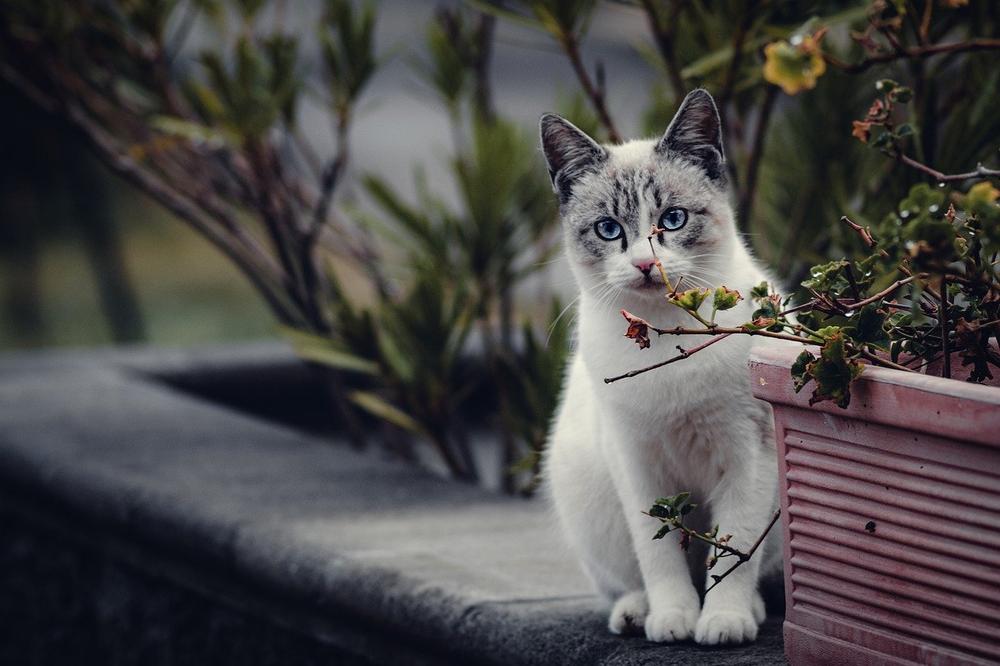
Once your cat has become comfortable with the sight and sound of a pet door, it's time to move on to the next step.
In the following section, we'll explore the training process, from gradually introducing the flap to guiding your cat through the door.
This is where you'll see their newfound freedom truly come to life...
Introducing Your Cat to the Pet Door
To make it easier for your cat to use a pet door, here's what you can do:
- Let them get used to the sound: Play recordings of the door flap moving so they know what to expect.
- Start with an open door: Use tape or string to keep the door fully open. This way, your cat can see outside and get used to the idea of going in and out.
- Teach them how to open it: Attach a clothespin or clip to partially open the door and show your cat how to push it open. Encourage them to try it on their own.
- Let them check it out: Before installing the pet door, let your cat investigate it. Put objects around it that they can hide behind to help them feel more comfortable.
- Make it appealing: Put your cat's scent on the door using a cloth. Using a peg or tape to prop the flap open can also make it easier for them to go through.
- Know their routine: Pay attention to your cat's daily habits to figure out the best time to introduce the door. Adjust the training process based on what they like and when they usually want to go outside.
- Go at their pace: Guide your cat towards the door gently and give them space to explore on their own terms. It might take some time for them to get used to it, so be patient.
To assist your cat in feeling at ease and self-assured when utilizing a pet door, simply adhere to these outlined instructions. 😺
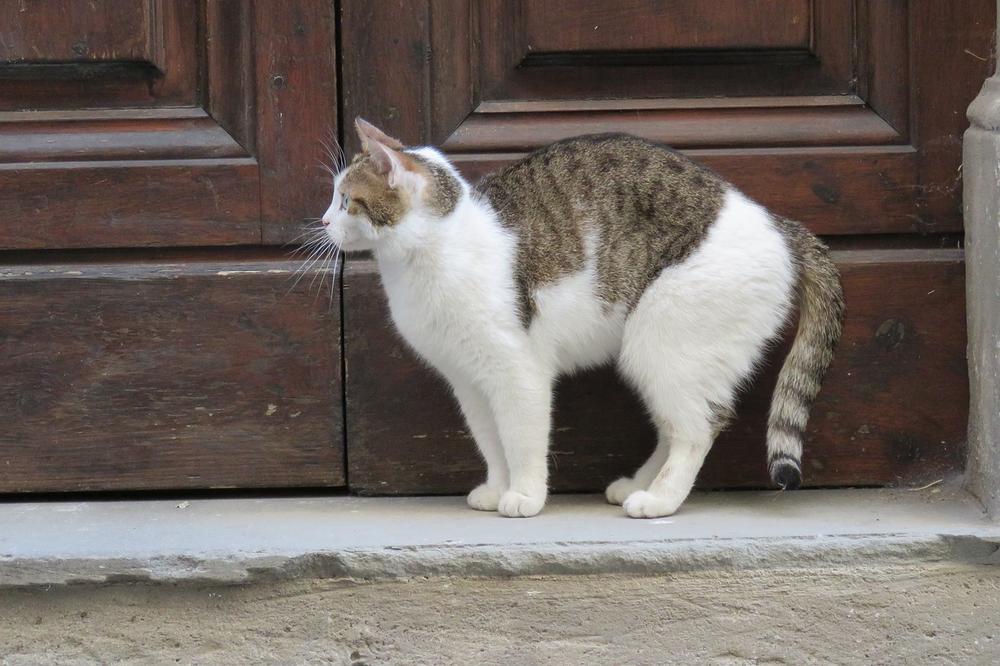
And finally, to ensure your cat's safety even during the colder months, I invite you to explore my comprehensive guide on How to Find a Lost Cat in Winter.
This invaluable resource provides expert tips and guidance, helping you navigate the challenges of locating your furry friend with ease.
Utilizing Positive Reinforcement Techniques for Successful Pet Door Training
To train your cat to use a pet door, you gotta focus on positive reinforcement.
Forget about yelling or punishing when your furry pal doesn't cooperate – it won't help at all.
Instead, try something called clicker training and positive reinforcement techniques.
It means rewarding your cat with treats, toys, and some gentle chin-rubs for good behavior.
When your kitty successfully goes through the pet door, treated them with something delicious or a cool toy. That way, they associate the door with something pleasant and will likely keep using it.
To encourage them further, prop the door open gradually while placing their favorite treat on the other side. This motivates them without giving in entirely to their every command.
Match your training sessions to your cat's mood, follow a step-by-step guide, and introduce the door first, then slowly add the flap.
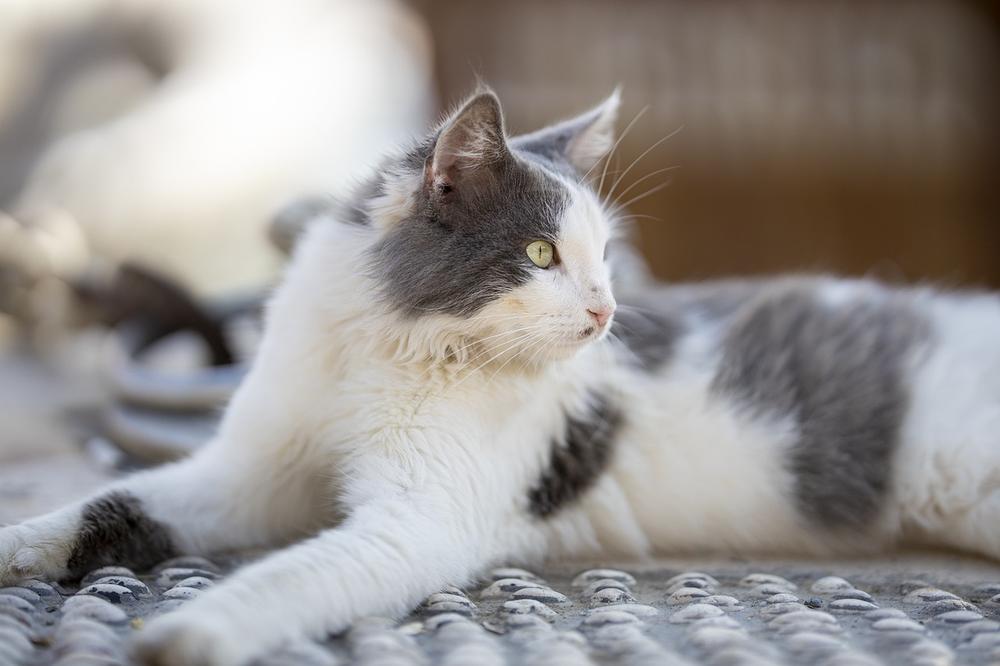
If your cat proves to be stubborn, try starting their training when they're hungry. And if they seem nervous or unsure, place their beloved blanket or toy on the other side of the door.
Just be patient and if needed, get someone else your feline knows well involved.
With these positive reinforcement tricks, your cat will confidently use that pet door in no time!
Now, here's the deal:
If you're seeking advanced training techniques for your feline friend, keep reading.
In our next section, we'll explore additional methods to enhance your cat's comfort level with the pet door and guide them towards confidently mastering this new skill.
Are you ready to unlock the secrets of expert cat door training?
Let's dive in!
Gradually Increasing Your Cat's Exposure to the Pet Door
Take it slow and be consistent when introducing your cat to the pet door.
Here's what you can do:
- Pick a time when your cat is feeling playful and full of energy to start the training. They'll be more willing to try new things.
- Begin by propping the door open and let your cat go in and out. This helps them get used to the door without overwhelming them.
- Gradually remove the prop over time to expose your cat to the open door bit by bit.
- Keep the training sessions short, about 10 minutes, so your cat doesn't get tired and stays engaged.
- Switch roles with your cat and repeat the steps so they can get comfortable approaching from different angles.
- Slowly lower the flap and encourage your cat to push it with their back until they become familiar with its touch.
- Give rewards and praise whenever your cat makes progress to keep them motivated to continue learning.
- Stay patient because some cats may need more time to adjust.
- To encourage walking through the door at their own pace, consider widening the opening gradually.
- Stick to a regular training schedule for consistency and increase the difficulty as your cat gets more comfortable with the pet door.
Every cat is different, so adjust the training accordingly based on their individual needs.
Now that you have established a gradual training routine for your cat to use the pet door, there are a few important considerations and troubleshooting techniques that can help address any potential challenges.
You might be surprised by these expert tips!
Problem-Solving for a Smooth Pet Door Experience
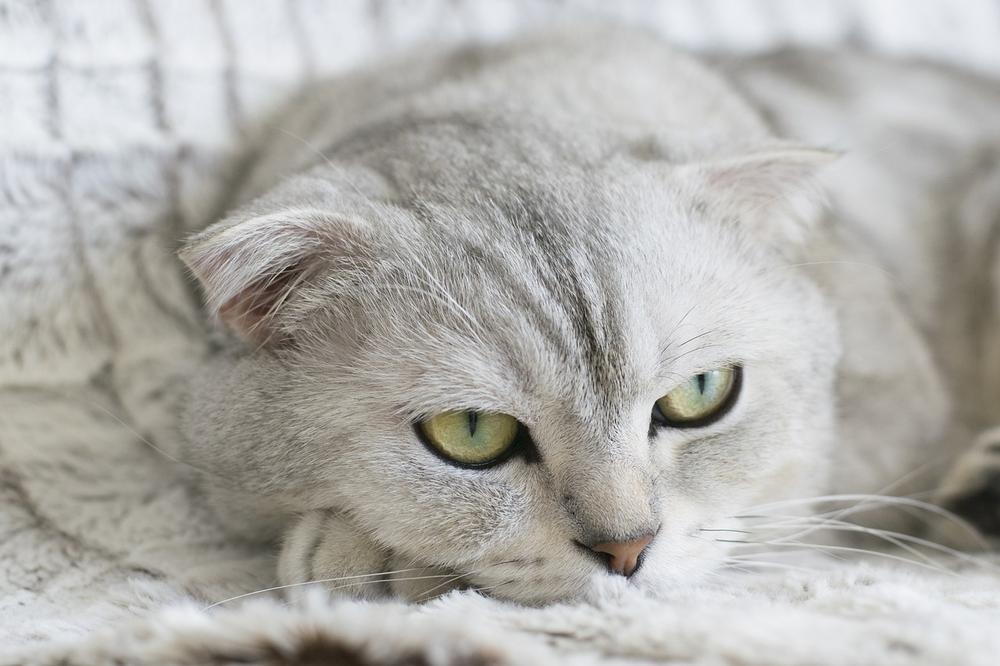
If your cat can't figure out the pet door, don't stress, there are solutions for you!
- Block other ways in: To get your cat to use the pet door, block off any other ways they usually enter, like open windows. Make them rely on the pet door only.
- Give an alternative option: If your cat is scared of the pet door, leave a window or door slightly open as an alternative choice. Just be careful about security and other animals sneaking in through the pet door.
- Give them time: Your cat might need a while to get used to the sound of the unlocking mechanism in a microchip-activated cat flap. Be patient and let them adjust at their own pace.
- Make sure it fits: Check that the pet door's opening is the right size and easy for your cat to use. If it's too small or tricky for them to navigate, they might avoid it.
When you adhere to these suggestions, you can assist your cat in adapting easily to the pet door. Keep in mind that patience and comprehension are crucial when introducing alterations to your pet's schedule!
Monitoring and Encouraging Your Cat's Progress
Track your cat's progress with a journal
To train your cat to use a pet door successfully, you should keep a journal. Grab a pen and paper or open a note on your phone.
Write down every time your cat goes through the pet door. This will help reinforce good behavior and track their progress. Plus, it's fun to look back and see how far they've come!
Observe your cat's body language during training
When you're training your cat, ensure to pay close attention to their body language.
Watch for signs of tiredness or anxiety. You know your cat best, so trust your gut when they seem overwhelmed or stressed out.
If that happens, take a break and give them some downtime.
Remember, training should be positive for both of you.
Remove the peg or clip once your cat masters the door
Once your cat becomes a pro at closing the pet door without any assistance, it's time to celebrate.
And by celebrate, I mean you should remove the peg or clip holding the door open.
This will allow your cat to use the door freely and independently. It's like opening up a whole new world for your furry friend!
Oh, and don't forget, practice makes perfect.
Repeating the training is important for your cat to gain confidence and comfort using the pet door on their own.
Keep up the good work, and soon enough, your cat will be confidently strutting through that door.
Take it or leave it: If you want to learn how to celebrate your cat's success, you'll need to keep reading further down the blog post. Trust me, there's valuable information waiting for you!
Providing Additional Support and Guidance
When it comes to helping your cat adjust to using a pet door, additional support and guidance is essential.
Here are some practical tips to make the process smoother:
- Start with positive reinforcement - Reward your cat with treats or praise every time they approach or go near the pet door.
- Gradual exposure - Initially, prop the door open so that your cat can see and sniff through it without feeling overwhelmed. Gradually close the door over time, allowing them to become more comfortable with the idea of pushing it open.
- Create a safe environment - Ensure that the area around the pet door is inviting and free from any obstacles that may deter your cat from using it.
- Patience is key - Cats are creatures of habit, so be patient and allow them to explore and use the pet door at their own pace.
- Provide multiple exits - Install pet doors in different locations around the house to give your cat options for entry and exit points. This will reduce any anxiety they may feel about going through a single door.
By implementing these guidelines and offering continued assistance, you can assist your cat in feeling at ease and self-assured while utilizing the pet door.
And now, let's take their training to the next level by throwing a pawty for our feline friend to celebrate their amazing progress!
Celebrating Your Cat's Success
To celebrate your cat's accomplishments, follow these 10 steps:
- Host a "pawty" for your cat.
- Celebrate their milestone of using the pet door independently.
- Use positive reinforcement techniques to praise and reward your cat.
- Encourage consistent use of the pet door through motivation.
- Include their favorite treats and toys in the celebration.
- Create a joyful atmosphere during the celebration.
- Provide ample opportunities for play and exploration.
- Display photographs or videos showcasing your cat's success.
- Invite friends and family to join in on the festivities.
- Make the celebration a memorable experience for both you and your cat.
And that wraps up today's article.
If you wish to read more of my useful articles, I recommend you check out some of these: How to Train Your Cat, Can Cats Find Their Way Home if Lost, Confining a Cat to a Room at Night, How to Teach a Kitten to Drink From a Bowl, and How to Train a Stray Cat to Use a Litter Box
Talk soon,
-Sarah Davis